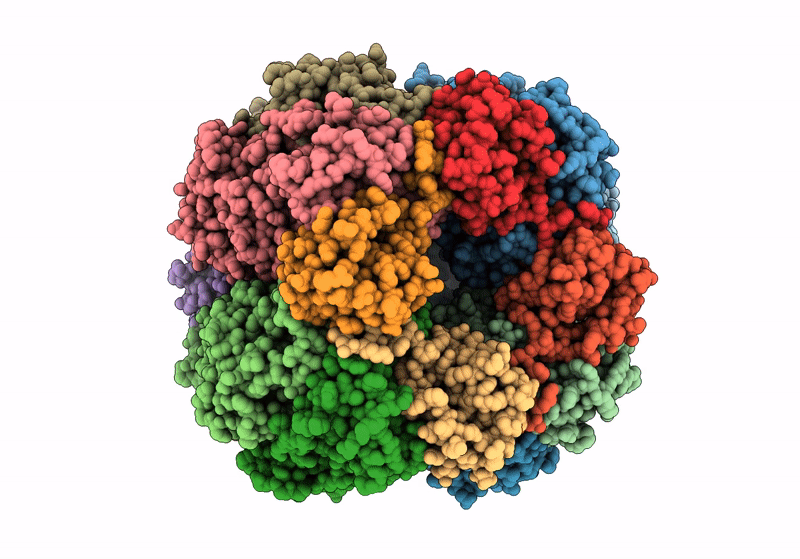
Deposition Date
2023-10-09
Release Date
2024-01-03
Last Version Date
2024-01-31
Entry Detail
PDB ID:
8UHI
Keywords:
Title:
Structure of the far-red light-absorbing allophycocyanin core expressed during FaRLiP
Biological Source:
Source Organism:
Synechococcus sp. PCC 7335 (Taxon ID: 91464)
Method Details:
Experimental Method:
Resolution:
2.35 Å
Aggregation State:
PARTICLE
Reconstruction Method:
SINGLE PARTICLE


